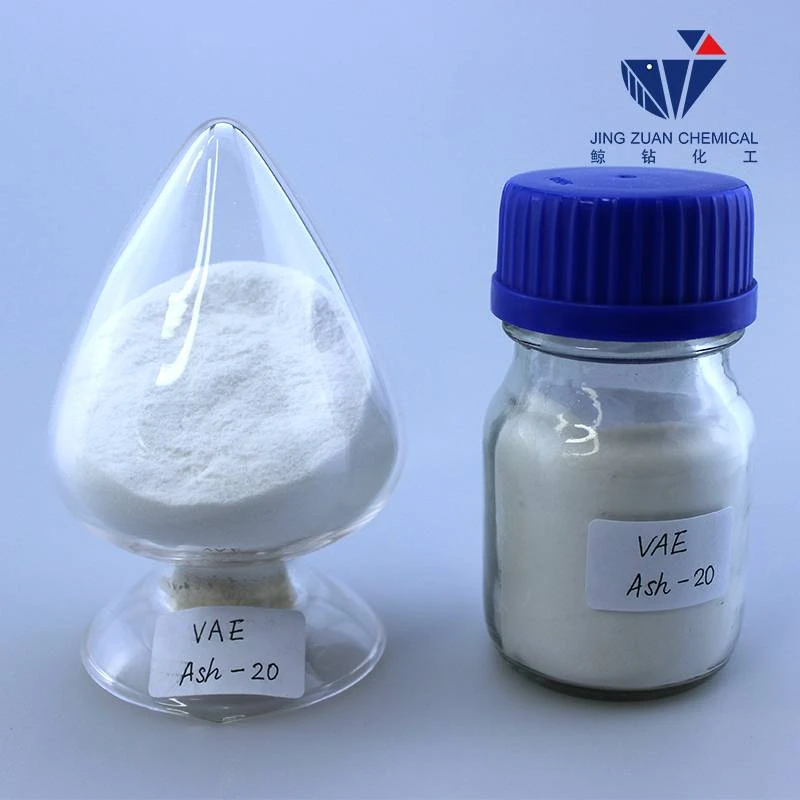
Dec . 12, 2024 09:52 Back to list
what does hpmc stand for
Understanding What HPMC Stands For
HPMC, or Hydroxypropyl Methylcellulose, is a versatile compound widely used across various industries, including pharmaceuticals, construction, food, and cosmetics. Its unique properties make it a significant ingredient in numerous applications. To better understand HPMC, let’s delve into its composition, properties, and uses.
Composition and Properties of HPMC
HPMC is a cellulose ether derived from cellulose, a natural polymer found in the cell walls of plants. The process of manufacturing HPMC involves treating cellulose with propylene oxide and methyl chloride. This process introduces hydroxypropyl and methyl groups into the cellulose molecule, giving HPMC its distinctive properties.
One of the most notable characteristics of HPMC is its ability to form a gel-like consistency when mixed with water. This property, along with its high viscosity and water retention capacity, makes it an exceptional thickening agent. Additionally, HPMC is non-toxic, biocompatible, and biodegradable, which adds to its appeal in various applications.
Applications of HPMC
1. Pharmaceuticals In the pharmaceutical industry, HPMC serves multiple functions. It acts as a binder in tablet formulations, ensuring that the ingredients stick together effectively. HPMC is also used as a controlled-release agent in medication, helping to regulate the release of active ingredients over time. Furthermore, its properties as a film-forming agent are useful in coating tablets, enhancing their stability and appearance.
what does hpmc stand for

2. Food Industry In the food industry, HPMC is utilized as a food additive. It serves as a thickener, emulsifier, and moisture-retaining agent in various products such as sauces, dressings, and baked goods. It enhances the texture of food and improves shelf life by preventing moisture loss, making it a valuable ingredient in processed foods.
3. Construction HPMC is an essential ingredient in the construction sector, particularly in the formulation of cement-based products and adhesives. Its water-retention properties help prevent the premature drying of mixtures, ensuring optimal curing and performance. HPMC is commonly found in tile adhesives, grouts, and plaster, facilitating smoother application and improving adhesion.
4. Cosmetics and Personal Care In the cosmetics industry, HPMC is used in various formulations to enhance texture and stability. It is found in products such as lotions, creams, and shampoos, where it acts as a thickening and stabilizing agent. Its ability to create a smooth, uniform consistency is particularly valued in the formulation of aesthetic products.
5. Agriculture HPMC also finds applications in agriculture, particularly in the formulation of pesticides and herbicides. It enhances the adhesion of active ingredients to plant surfaces, improving the efficacy of these products. This property is crucial for ensuring that the chemicals penetrate effectively and provide the desired results.
Conclusion
In summary, HPMC stands for Hydroxypropyl Methylcellulose, a multifunctional compound with diverse applications in various industries. Its unique properties, including gel formation, high viscosity, and water retention, make it an indispensable ingredient in pharmaceuticals, food processing, construction, cosmetics, and agriculture. As industries continue to evolve and seek more efficient, effective solutions, HPMC will likely remain a crucial component due to its versatility and safety profile. Understanding what HPMC stands for not only highlights its importance but also emphasizes the innovative nature of modern material science and its role in enhancing everyday products.
-
Versatile Hpmc Uses in Different Industries
NewsJun.19,2025
-
Redispersible Powder's Role in Enhancing Durability of Construction Products
NewsJun.19,2025
-
Hydroxyethyl Cellulose Applications Driving Green Industrial Processes
NewsJun.19,2025
-
Exploring Different Redispersible Polymer Powder
NewsJun.19,2025
-
Choosing the Right Mortar Bonding Agent
NewsJun.19,2025
-
Applications and Significance of China Hpmc in Modern Industries
NewsJun.19,2025







